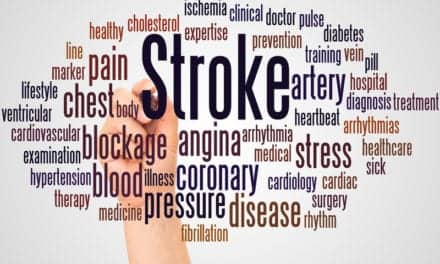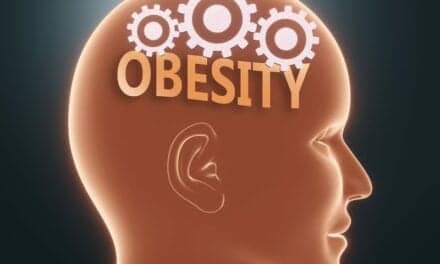Many overlook the warnings preceding workout classes that encourage consulting a doctor before participating in rigorous exercise. After all, isn’t exercise good for you? However, certain conditions, including stenosis, could make the increased heart rate associated with exercise dangerous.
Researchers from the Indian Institute of Technology Kharagpur found that an elevated heart rate can induce a stroke in patients with highly blocked carotid arteries. Contrastingly, for healthy patients and those with only slightly blocked arteries, exercise is beneficial for maintaining healthy blood flow. An article covering their findings is published in the journal Physics of Fluids.
Carotid arteries supply blood flow to facial tissues and the brain and are located on both sides of the neck. When fat, cholesterol, and other particles build up the inner carotid walls, they form a plaque that narrows the artery.
The narrowing is called stenosis, and while it can be very difficult to detect early stages of plaque accumulation, stenosis is dangerous because it limits blood flow to the brain. Without the necessary blood, the brain lacks oxygen, and the patient experiences a stroke.
In healthy patients, an elevated heart rate increases and stabilizes the drag force blood exerts on the vessel wall, reducing stenosis risk. But for patients already experiencing stenosis, it may not be as beneficial.
The authors used a specialized computational model to simulate blood flow in carotid arteries at three stages of stenosis: without blockage, with a mild 30% blockage, and with a moderate 50% blockage. They compared the effect of an exercise-induced heart rate, 140 beats per minute, and resting heart rates of 67 and 100 bpm.
As expected, for healthy and mild cases, the exercise condition improved the health of the simulated carotid. However, the results for moderate blockage were concerning.
“Intense exercise shows adverse effects on patients with moderate or higher stenosis levels,” says author Somnath Roy. “It substantially increases the shear stress at the stenosis zone, which may cause the stenosis to rupture. This ruptured plaque may then flow to the brain and its blood supply, causing ischemic stroke.”
Additionally, an elevated heart rate could increase the likelihood of another stenosis forming.
Many factors contribute to stenosis and stroke risk, including age, lifestyle, and genetics, but the authors recommend checking arterial health regularly for people doing intense workouts. They also recommend a carefully prescribed exercise regimen for people with moderate to severe stenosis or with a history of strokes.
Featured image: Contours of oscillatory shear index (OSI) on healthy, 30% stenosis, and 50% stenosis carotid arteries for the normal (67 beats per minute), moderate (100 bpm), and high exercise (140 bpm) heart rates. Image Credit: Khan et al.





